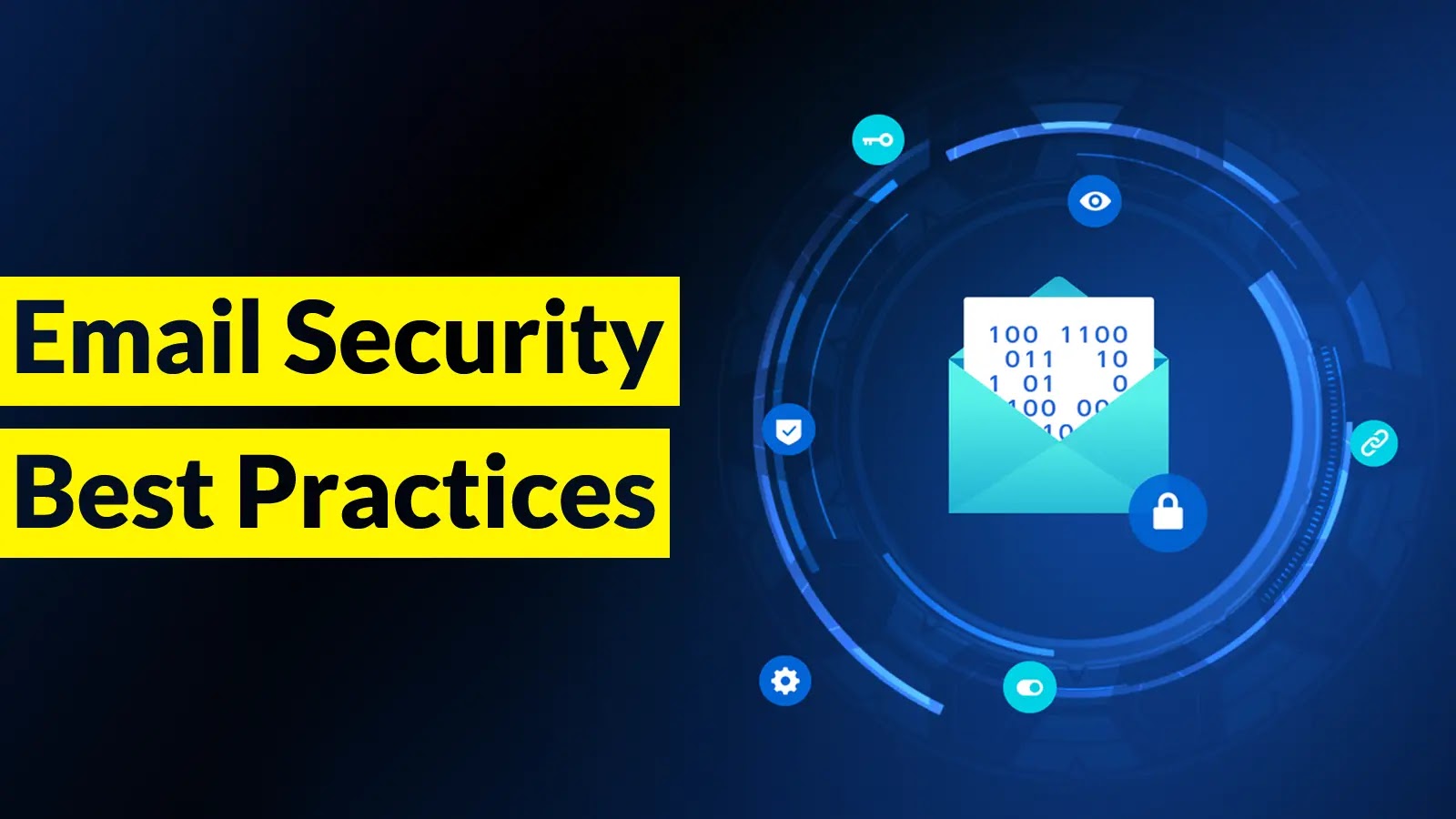In the age of total interconnectedness, digital dangers are all around. Email accounts have long become prime targets for cybercriminals aiming to take advantage of security flaws. Therefore, implementing strong email security measures has never been more crucial.
In this email security guide, we unveil ten essential measures to protect confidential communications, anticipate the unexpected, and find peace of mind in a world full of cybercriminals.ns
Email security essentials
Email is the foundation of communication and collaboration in organizations all over the world. But this fact makes it extremely attractive for attackers.
Startling figures demonstrate that an overwhelming 96% of phishing endeavors are aimed at it, leaving organizations vulnerable to data hacks and introducing them to malicious links, attachments, and viruses. As the situation is really grave, dedicating attention to Email security best practices is an absolute necessity.
Email Security Best Practices encompasses a variety of measures to protect sensitive personal and business data.
It includes safeguarding all elements, including the mail servers, mail clients, and the underlying infrastructure.
It is important to understand the kinds of dangers that are out there and the risks they can bring to protect your communications:
In email spoofing, criminals manipulate the header. At first glance, a message looks like regular mail sent by a known person. This familiarity can lure recipients into opening it and potentially exposing their devices to malware or other malicious activities.
Email phishing is the prevailing method of cyberattacks. According to Statista, almost a quarter of all phishing attacks targeted financial organizations in 2022.
This method implies sending deceitful texts to manipulate individuals into performing desired actions, such as interacting with harmful links or downloading malicious attachments.
Phishing tactics encompass specialized approaches like spear phishing and whaling, which target certain employees or senior executives within companies.
Business email compromise means that cybercriminals target organizations to orchestrate financial fraud. Attackers compromise accounts, impersonate executives, and manipulate employees into initiating unauthorized financial transactions.
All businesses, regardless of size, are vulnerable to BEC attacks such as CEO fraud, account compromise, false invoice schemes, attorney impersonation, and data theft.
Although most unsolicited spam emails are filtered, some may still make their way into users’ inboxes. These often carry malicious content, phishing attempts, or spoofed information, making them potentially harmful if users don’t know their nature.
10 Email Security Best Practices to Implement Strong Protection
- Install feature-rich security software
- Regularly train your employees
- Enforce strong password policies
- Deploy intelligent threat detection systems
- Constantly check for updates and patches
- Perform periodic security assessments
- Use encryption
- Monitor AI behavior for anomalies
- Implement smart authenticity verification
- Employ AI-enhanced filtering
Now, let’s explore efficient email security steps to prevent the above things from happening.
1. Install feature-rich security software
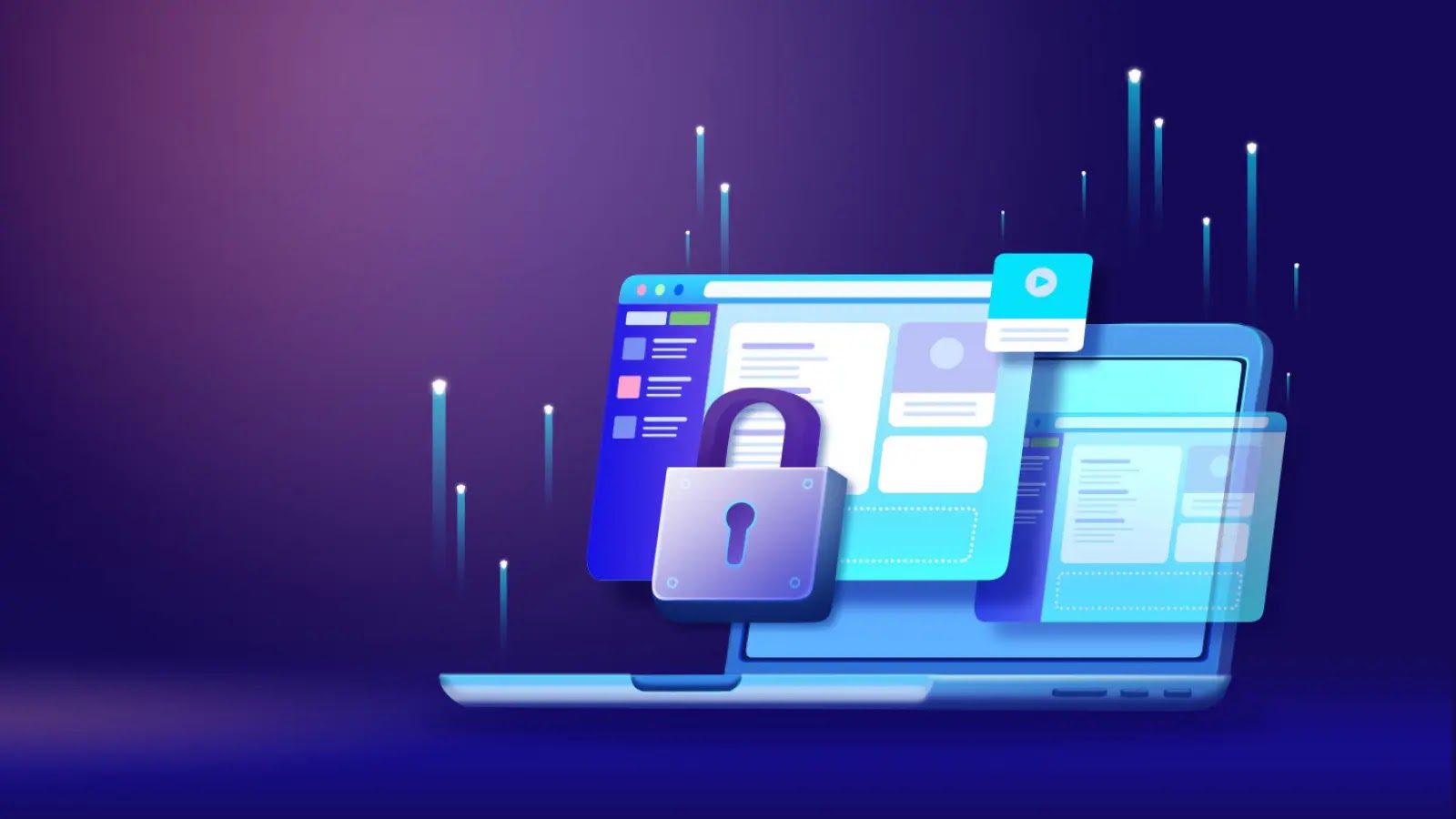
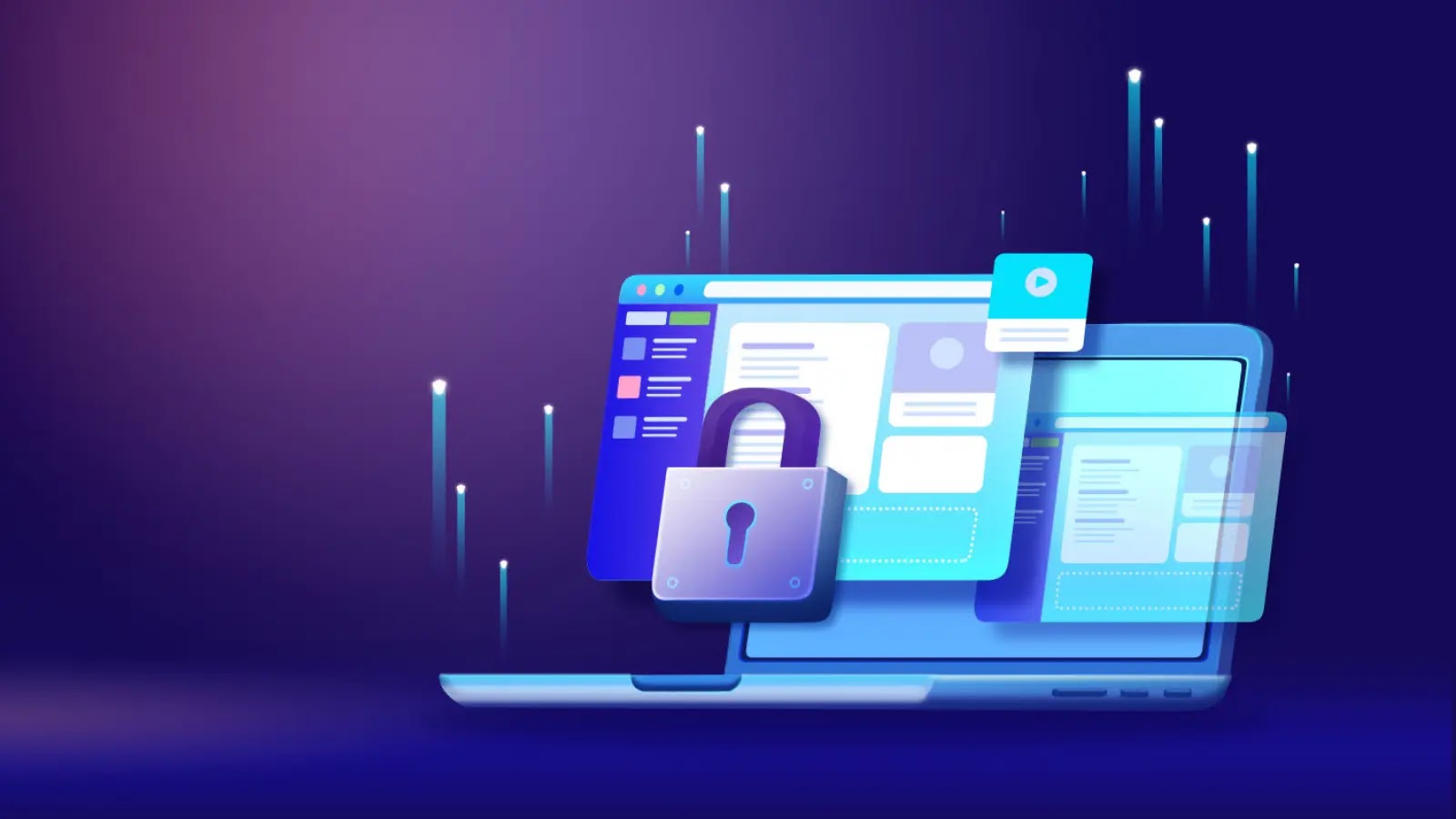
You must deploy advanced solutions equipped with comprehensive functionality to counteract a multitude of threats. Robust cloud security tools can perfectly serve this purpose.
- Powerful spam filters
Deploying such filters is a crucial first step in securing protection against unsolicited and potentially malicious messages. They employ sophisticated algorithms to detect and block spam, minimizing the risk of falling victim to phishing attempts, scams, and other unwanted communications.
- Proactive malware detection
Efficient software incorporates advanced malware detection features to neutralize harmful attachments or links. Signature-based scanning, heuristics analysis, and real-time threat intelligence can all be combined to identify and block known malware strains and suspicious patterns and behaviors.
- Rock-solid encryption mechanisms
Using encryption protocols ensures that your sensitive information remains protected during transmission. Thus, you render the content unintelligible to unauthorized parties, safeguarding it from interception and unapproved access.
2. Regularly train your employees


Another Email security best practices is constant training. If you regularly conduct comprehensive security awareness training, your workforce remains informed about phishing attempts, practices effective password management, and doesn’t perform actions leading to breaches. This is extremely important for fostering a culture of heightened awareness within your organization.
- Recognizing phishing attempts
Train staff members to identify and respond to such endeavors. Provide them with practical examples and illustrate common phishing tactics. As a result of efficient training, your employees will develop a discerning eye for identifying suspicious things.
- Implementing strong password hygiene
During training sessions, thoroughly explain to your staff members why robust passwords matter. Employees should regularly change them. Put a special emphasis on the non-sharing policy: they must never communicate passwords to third parties. Furthermore, they should create new ones for each account they are using.
- Exercising caution with suspicious attachments and links
Train your staff to exercise vigilance when dealing with attachments and links, especially if they originate from unfamiliar or unexpected sources. Encourage the use of antivirus software to scan attachments before opening them and discourage downloading or executing files from untrusted origins.
- Comprehensive training
Businesses often concentrate solely on phishing-related training, neglecting other crucial practices. To address this gap, adopt a holistic approach to training by encompassing various relevant topics.
3. Enforce strong password policies


This essential security measure defends against any unapproved access and breaches.
- Complexity above all
Raise employee awareness about the significance of crafting intricate passwords that are challenging to predict, encompassing a blend of uppercase and lowercase letters, numbers, and special characters.
By mandating passwords with a minimum length and level of intricacy, organizations greatly reinforce the resistance of accounts against brute-force attacks and unauthorized entry endeavors.
- Regular expiration
Establishing a policy of periodic password renewal is crucial for maintaining continuous account security.
Foster a culture where employees are encouraged to update their passwords at specified intervals, such as every 60 or 90 days, to reduce the risk of unauthorized entry.
Emphasize the significance of refraining from identical passwords and discourage the use of previously employed passwords.
- 2FA
With this preventive measure, organizations can bolster their defense against unauthorized entry attempts. Encourage employees to activate 2FA, which mandates the provision of an additional verification method, such as a unique code sent to their mobile device.
- Password management solutions
Encourage the implementation of such software tools to facilitate generating, storing, and retrieving complex passwords. Not only do they make robust and hard-to-hack passwords, but also provide a secure repository where employees can safely store their login credentials.
4. Deploy intelligent threat detection systems


AI-based Email security best practices implies deploying state-of-the-art threat detection systems. If you opt for such solutions over conventional ones, you will effectively combat fraudulent activities and phishing attacks.
AI uses ML algorithms to spot trends, recognize abnormal behavior, and uncover attacks. These cutting-edge systems have impressive functionalities.
They can easily detect anomalies, thoroughly analyze behavior and content, successfully filter spam, and identify dangerous attachments and links.
They seamlessly analyze potential threats and draft efficient response plans. The integration of deception tools and collaborative threat intelligence sharing is also worth mentioning in this context.
5. Constantly check for updates and patches

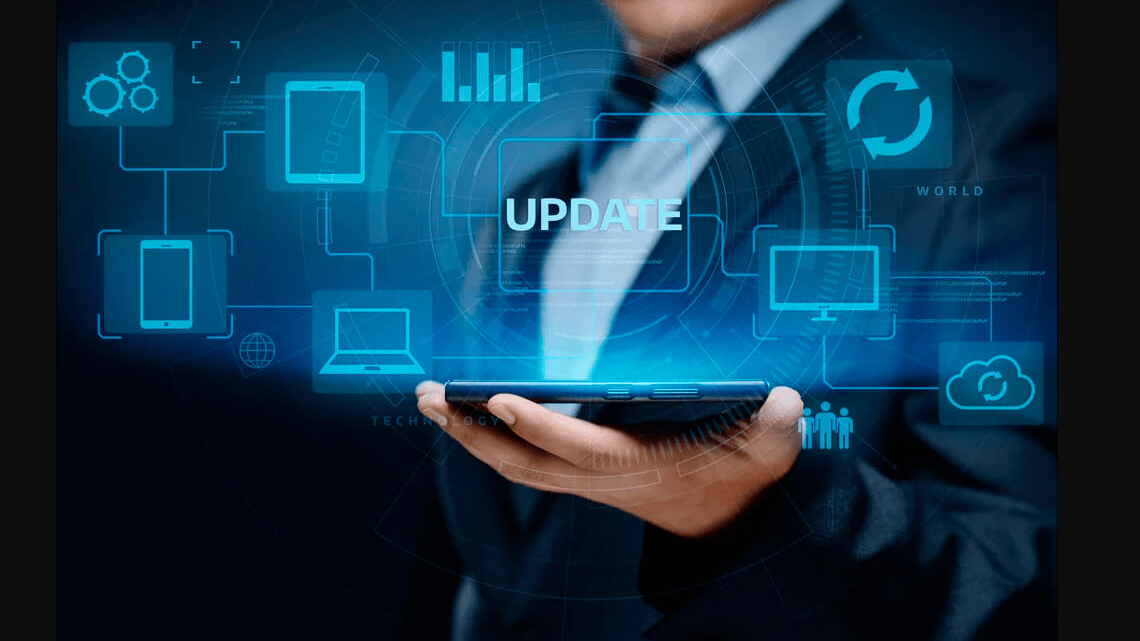
Staying up to date with your software is essential in preventing potential risks. Upgrades are tailored to patch up known weaknesses, repair software glitches, and increase total system operation. Failing to update your mailing system could leave it open to threats and breaches.
Criminals continuously search for vulnerabilities in popular clients, making the policy of updates vital. Patches are released to specifically counter these vulnerabilities.
Applying them lowers your risk of becoming a target of an attack. Such updates often go with bug fixes and other vital security measures for email. As a result, they efficiently protect you against growing threats.
Software developers are vigilant in monitoring emerging issues. They constantly address and mitigate known issues. What’s more, updates also enhance the performance of your client.
6. Perform periodic security assessments


Carrying out a full-scale audit of your mailing system serves as an effective strategy to detect risks and implement necessary security measures for email. Here are vital steps to take:
- Pinpoint possible risks
Commence by conducting a comprehensive examination of your current policies and protocols, while scrutinizing previous breaches, if any. Take into account both internal and external menaces, including phishing attempts, malicious programs, unapproved entries, and data breaches. Evaluate how they can affect your company’s workflows and sensitive data.
- Assess the efficacy of your steps
Evaluate vital elements such as junk mail filters, antivirus and anti-malware tools, access management, cryptographic techniques, and verification procedures. Evaluate the congruence of your measures with industry benchmarks and recommended steps, taking into account both technological and nontechnical aspects.
- Examine and improve usage patterns
Ensure that your policies encompass a wide variety of elements, like content, attachments, user actions, and rules for suitable applications. Make sure that your policies are current and detailed, and that everyone is aware of them. Assess how effective they are in reducing risks and make sure they comply with the applicable legal and regulatory standards.
- Carry out rigorous testing of the entire infrastructure
Through the execution of penetration testing, vulnerability assessments, and simulations of social engineering, you have the opportunity to reveal weaknesses and possible entry points for malevolent attacks. It is of utmost importance to employ ethical hacking methodologies and seek the assistance of reputable third-party experts to perform these tasks.
- Craft a sound action strategy
Drawing upon the outcomes of the audit, craft a tailored action strategy to effectively tackle the identified concerns. Make decisions according to the impact they could have on your business operations and private information. Double-check that your action plan is in line with the budget, resources, and business goals you have.
7. Use encryption

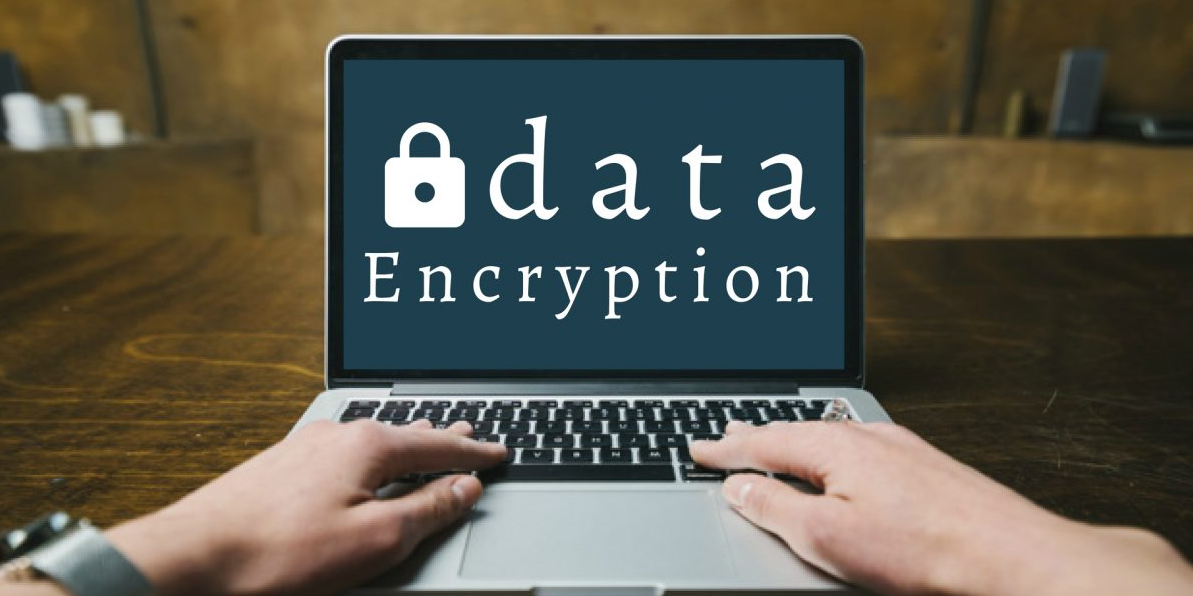
This is an essential way of keeping sensitive data secure by obscuring the content of messages, guaranteeing that only the intended viewers can access and comprehend the information. By implementing encryption, you prevent unauthorized individuals from reading or intercepting valuable data, including login credentials and financial details.
- Encrypt the connection
Email Security Best Practices Protect your login credentials and the messages you send and receive by encrypting the connection between your provider and the servers that transmit your messages across the Internet.
- Encrypt messages
This way, you guarantee that even if intercepted, the content remains unreadable and useless to unauthorized individuals. This ensures the confidentiality and integrity of your communication.
- Encrypt stored or archived messages
Backed-up messages stored in clients can be vulnerable to unauthorized access. Put encryption into place to protect their content, even if someone can access the storage.
8. Monitor AI behavior for anomalies


If you establish baseline behavior, you can promptly detect any deviations, providing an early warning system for potential attacks. Examining AI-generated patterns can identify any abnormal behavior that might point to malicious intent, like attempts to access data without permission or generating abnormal content.
By leveraging machine learning algorithms and systems for anomaly detection, organizations can analyze extensive data sets and detect deviations from typical behavior.
This empowers security teams to promptly respond to and mitigate potential threats. Through ongoing vigilance and active monitoring of AI behavior, organizations can strengthen their email security measures and effectively manage emerging risks.
9. Implement smart authenticity verification


Taking advantage of AI-based Email security best practices, organizations can successfully authenticate the source of messages and discover and stop any attempts to mislead recipients by using fake or AI-generated texts.
Smart authenticity verification systems utilize ML algorithms and pioneering pattern recognition techniques to analyze important attributes and sender details.
Examining these details alongside the patterns of legitimate senders, intelligent technology can recognize suspicious or bogus messages that try to act like reliable sources.
Through continuous adaptation and learning from new data, these systems remain at the forefront of countering the ever-evolving tactics employed by cybercriminals.
By closely examining critical factors like sender reputation, headers, domain authentication, and content analysis, AI has the capability to identify anomalies and inconsistencies that may signify fraudulent activity.
This robust approach safeguards recipients against impersonation attacks and preserves the integrity of communication channels.
10. Employ AI-enhanced filtering


AI Email security best practices comprise advanced filtering mechanisms that examine and comprehend patterns, content, and sender actions.
Leveraging extensive data, these systems consistently enhance their capabilities to combat novel and evolving threats.
Intelligent algorithms adeptly recognize dubious attributes, including deceptive subject lines, uncommon attachment formats, and malicious URLs, effectively sieving out harmful messages prior to their delivery to recipients’ email folders.
The strength of smart filtering lies in its ability to detect and block sophisticated AI-generated spam and phishing.
Powerful tools can identify slight clues of fake emails, including language forms, layout, and abnormalities in the sender’s conduct. Organizations can make use of them to shield their users from being affected by attacks and reduce the dangers posed by malicious content.
Conclusion
By incorporating the ten Email Security Best Practices for email described above, you can strengthen your resilience against digital risks. You should adopt a proactive stance in safeguarding your organization’s sensitive data and upholding the confidence of your partners and staff members.
For comprehensive support and specialized knowledge, turn to a reliable company delivering IT security consulting services. By doing so, you can address emerging threats, ensuring the protection and robustness of your infrastructure amidst the ever-evolving landscape of cyber threats.






